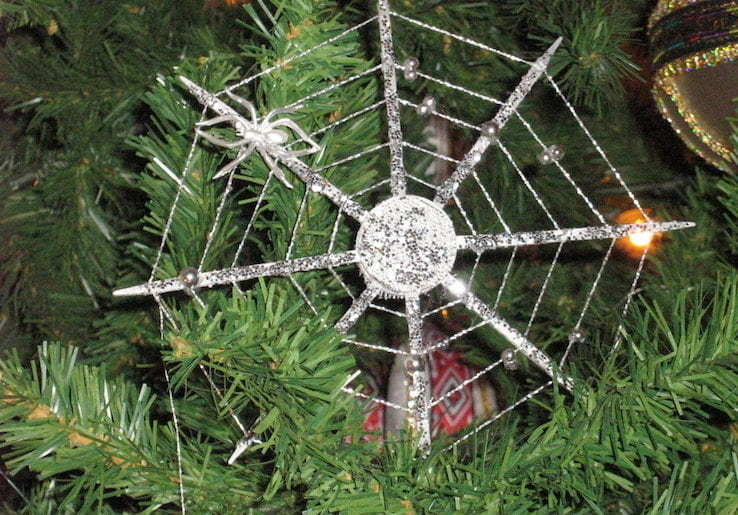When most people talk about the history of Halloween, their mind turns to Spain and Mexico, and the Day of the Dead. It’s a commonly known holiday in which the people honour those who have passed away by visiting them at their graves and leaving behind gifts or possessions.
But, the history and culture of Halloween goes back even further.
The American version of Halloween today draws a very real resemblance to the European gaelic festival called Samhain. When we think of Halloween today, we think of costumes, a chance to be something or someone different, candy, carved pumpkins, and sinister things that lurk in the night. But, in reality this version of Halloween, or All’ Hallows Eve is mostly manufactured by corporations and candy companies — and no, this isn’t some conspiracy theory.
The festival of Samhain is is celebrated on October 31st in the pagan celtic calendar and marks the beginning of the long winter months. The traditions of this festival can be traced back all the way to the 10th century, where it was named after Samhain, Lord of the Dead. The festival is supposed to give people time to take stock of their lives and prepare for the coming of the colder months. Dead crops are stripped from the land.
The festival also represented a period in time where the veil between the living and the dead is thinnest.
The celtic people of Ireland long celebrated Samhain before the arrival of Christianity. The celtic people were migrants of the Roman Empire across Europe and often travelled with tales of mystery and myth, sharing folklore in various communities and speaking in direct opposition to the teachings of early Christianity. Spirituality, magic and superstition were all beliefs held in the Celtic culture. The people believed in the connection of the land with the universe and that life continues after death. During the time of Samhain, when the darkness of winter arrived, so did unwanted spirits. They held bonfires, dressing in dead animal skins and praying to the Gods to ward off evil spirits. It was a festival of gathering and community.
Another reason the Celtic people dressed in dead animal skins or disguised themselves as ghoulish figures was to protect themselves from wandering evil spirits. The spirits would recognize them as one of their own and leave the celtic people alone.
The Lord of the Dead was not only feared, but revered. The people appealed to him in order to ensure that lost souls could be reborn. During Samhain, there are similar traditions and links to Halloween we see today — the dressing up as ghoulish figures, and the presentation of gifts, often something sweet to the Lord of the Dead. The Celtic people were even known to carve turnips to mark ancestors.
The traditions and myths of the Celtics have been reconditioned under Christianity and has changed the way we see Halloween. Samhain was the original event to which Halloween was marketed, and similar traditions can even be seen in other cultures, for instance the Day of the Dead celebrated in Mexico to mark the memory of past ancestors.
Traditionally, Samhain is celebrated by the Irish, Scottish and even those that practice wicca. Wiccans often see the holiday as the beginning of the spiritual new year. While Samhain has not been replaced by Christianity, the Christian calendar instead celebrates All Soul’s Day on November 1st to pay tribute to Pope Gregory III. To celebrate All Soul’s Day, people and members of the Christian church were encouraged to pay tribute to the saints by making little soul cakes or bread that represented a blessed Christian soul.
Leave a comment below on what makes Halloween creepy for you!

